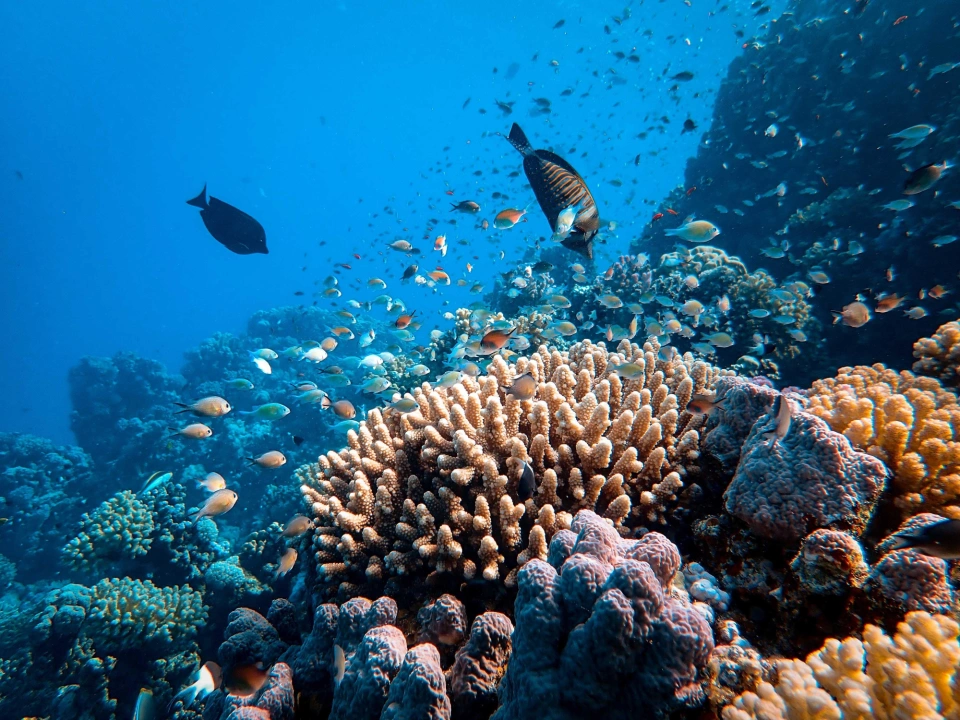
A place to call home
I have lived by Horsell Common all my life. Today, pockets of nature such as this one are vital to fostering a love for the natural world in people, e...
Read more

Healing Country
This is a beautiful short film by Bruny Island film-maker Claire Gorman, as Bruny Island kids learn about connecting with and healing country.
Read more

The History of Commons
Historically, Commons were collective land where all could collect firewood and graze livestock, hence where the name ‘common land’ or ‘common’ came f...
Read more

Nature Is Speaking – Julia Roberts is Mother Nature Conservation International (CI)
Julia Roberts, Harrison Ford, Edward Norton, Penélope Cruz, Robert Redford and Ian Somerhalder all join forces to give nature a voice.
Read more

Tubbataha Reef - The Coral Heart of the Philippine Seas
Discover the coral heart of the Philippines and the crown jewel of Philippine diving, the Tubbataha Reefs Natural Park, in this short documentary. Aro...
Read more

The Okavango Delta
The Okavango Delta is a vast and varied ecosystem created as the Okavango River flows into the Kalahari desert in Botswana. Rich in wildlife, this Wor...
Read more

Seven Natural Wonders of Myanmar
Myanmar is well-known for its cultural and historical heritage but is generally lesser-known for its rich natural wonders which showcase an impressive...
Read more

Selous Game Reserve
The Selous Game Reserve, covering 50,000 square kilometres, is amongst the largest protected areas in Africa and is relatively undisturbed by human im...
Read more

Re-wilding Europe – Western Iberia
An introduction documentary about one of the pilot project of Re-wilding Europe called "Western -- Iberia". In this documentary, stakeholders talk abo...
Read more

Re-wilding Scotland
In 2010, as a student completing her MA in Broadcast Journalism, George Tomlinson made a film about rewilding in Scotland. She interviewed some of the...
Read more

The purest version of happiness
Witness the purest version of happiness with writer Helen Cushing, as she beautifully tells the story of a day with her grandchildren and family on a ...
Read more

Curious and creative Nature play
Are you looking for a way to connect with your child and nature at the same time? Children have a curious and creative eye for these projects and find...
Read more
